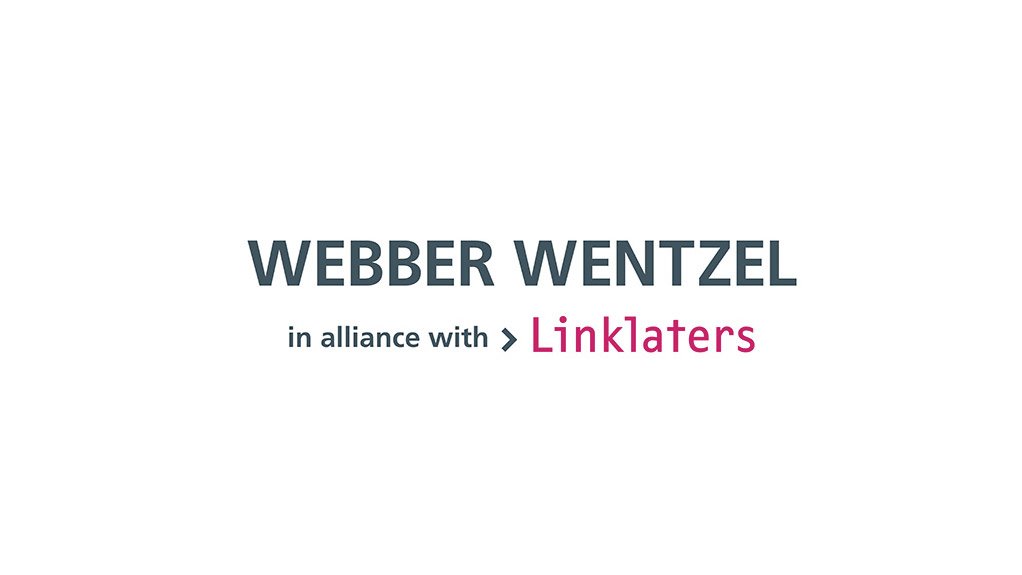On 11 February 2021, the COMESA Competition Commission (CCC) published a new practice note clarifying important aspects of its merger control thresholds. This is an important development that will greatly assist merger parties to assess whether transactions meet the CCC's merger filing requirements.
Practice Note 1 of 2021 (the Practice Note) clarifies the application of the term "operate" under the COMESA Competition Regulations, 2004 (Regulations) and the COMESA Competition Rules, 2004 (Rules), as well as its approach to the application of Rule 4 of the Rules on the Determination of Merger Notification Thresholds and Method of Calculation (Merger Threshold Rule).
Application of the term "operate"
Over the last few years, merger parties have used the COMESA Merger Assessment Guidelines 2014 (the Guidelines) to determine the meaning of the term "operate". Paragraph 3.9 of the Guidelines provides that an undertaking operates in a Member State if its annual turnover or value of assets in that Member State exceeds US$5 million. In the Practice Note, the CCC confirms that this definition of "operate" is no longer applicable as the Merger Threshold Rules take precedence over the Guidelines.
The CCC have advised that merger parties should only be referring to Rule 4 of the Merger Threshold Rules set out below:
"Any merger where both the acquiring firm and target firm, or either the acquiring or the target firm, operate in two or more Member States, shall be notifiable if:
a) the combined annual turnover or combined value of assets, whichever is higher in the Common Market of all parties to a merger equals to or exceeds US$50 million; and
b) the annual turnover or value of assets, whichever is higher, in the Common Market of each of at least two of the parties to a merger equals or exceeds US$10 million, unless each of the parties to a merger achieves at least two-thirds of its aggregate turnover or assets in the Common Market within one and the same Member State."
The application of Rule 4
The Practice Note clarifies that Rule 4 should be applied cumulatively and that all the criteria below should be satisfied:
- The regional dimension test - the merging parties must operate in at least two COMESA Member States. There are three alternative scenarios under which merger parties can operate in Member States namely:
- Both the acquiring firm and target firm can operate in at least two Member States.
- The acquiring firm can operate in at least two Member States, while the target firm can operate only in one Member State.
- The target firm can operate in at least two Member States, while the acquiring firm can operate only in one Member State.
- The combined turnover or asset value test - either the combined annual turnover or combined annual assets in the Common Market of all the parties to the merger equals to at least US$50 million. The option to use combined annual turnover or combined annual asset shall depend on the higher amount of the two total values.
- The individual turnover or asset value test - the annual turnover or annual asset, whichever is higher, of each of at least two of the parties in the Common Market is at least US$10 million. Whether to use annual turnover or annual assets depends on the higher of the two. It should also depend on the measure (turnover or asset) used in the combined turnover or asset value test.
- The two-thirds exemption rule - the two-thirds exemption rule must be read in conjunction with the preceding tests. For both the combined and individual thresholds requirements, it is the higher value of the turnover derived or asset value held which must be considered. The two-thirds rule is meant to apply once the higher value has been established.
The issuing of the Practice Note is greatly welcomed and addresses many of the queries frequently raised by merger parties and their legal representatives. The Practice Note will assist merger parties apply the merger control rules pragmatically and with increased certainty.
Written by Shawn van der Meulen & Elisha Bhugwandeen, from Webber Wentzel
EMAIL THIS ARTICLE SAVE THIS ARTICLE ARTICLE ENQUIRY
To subscribe email subscriptions@creamermedia.co.za or click here
To advertise email advertising@creamermedia.co.za or click here











